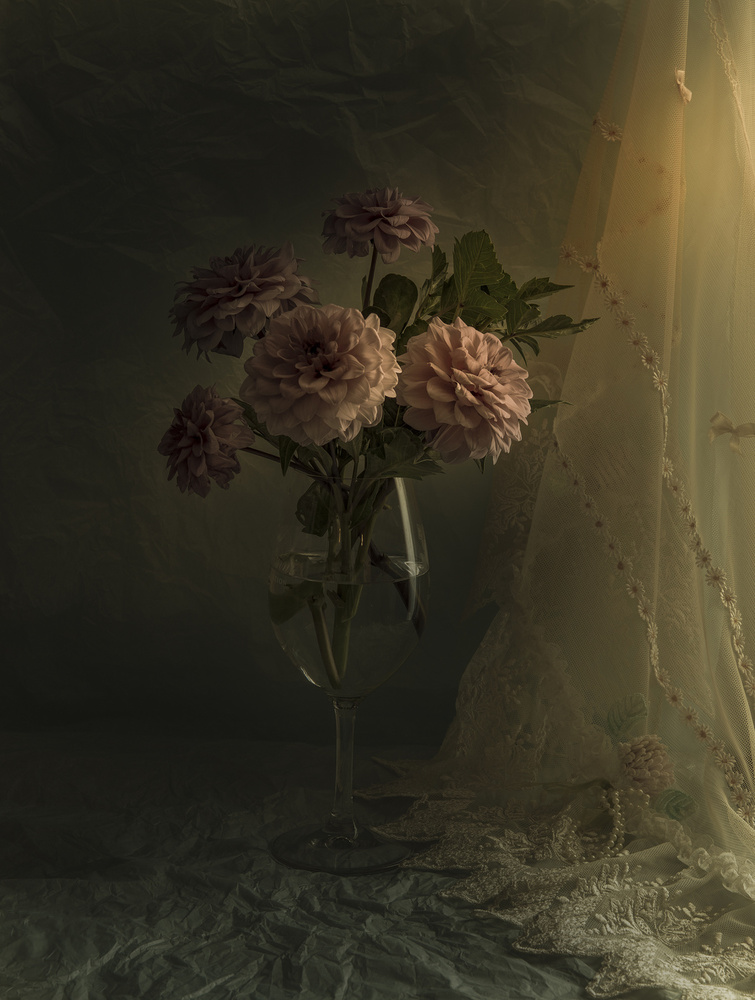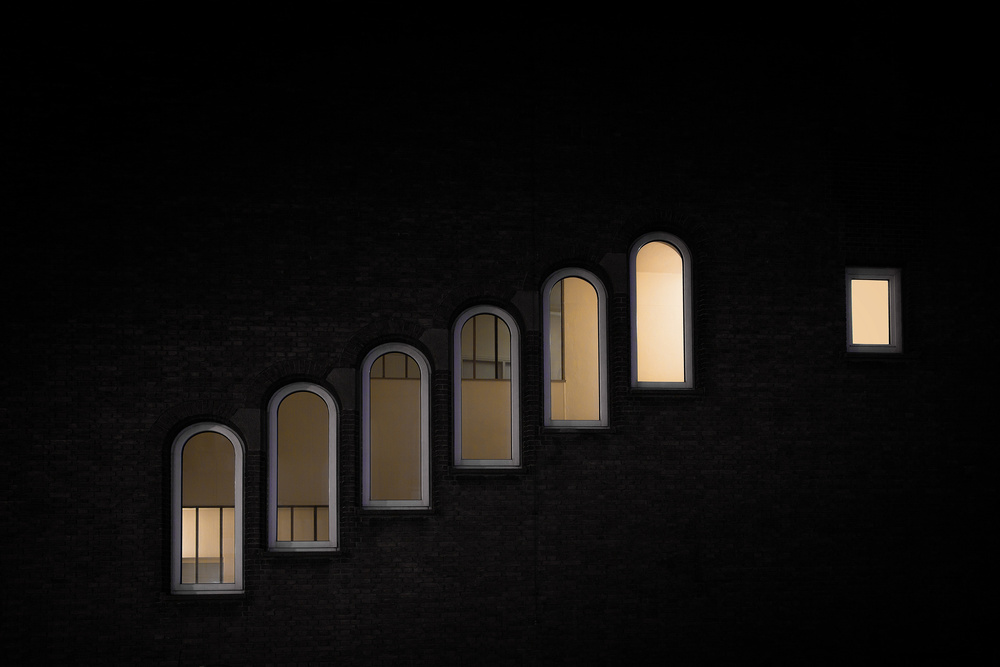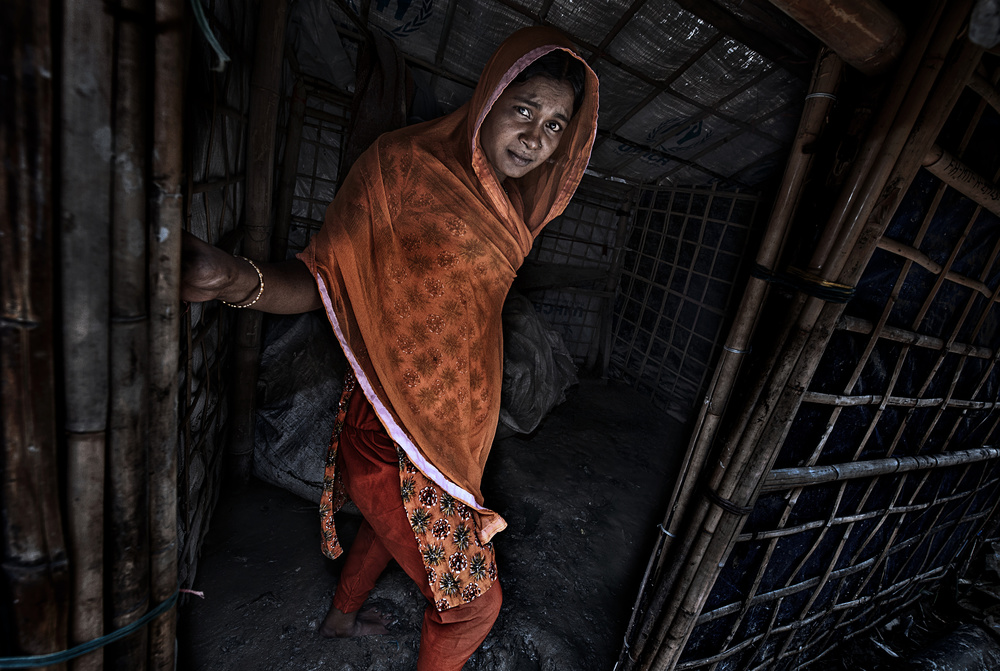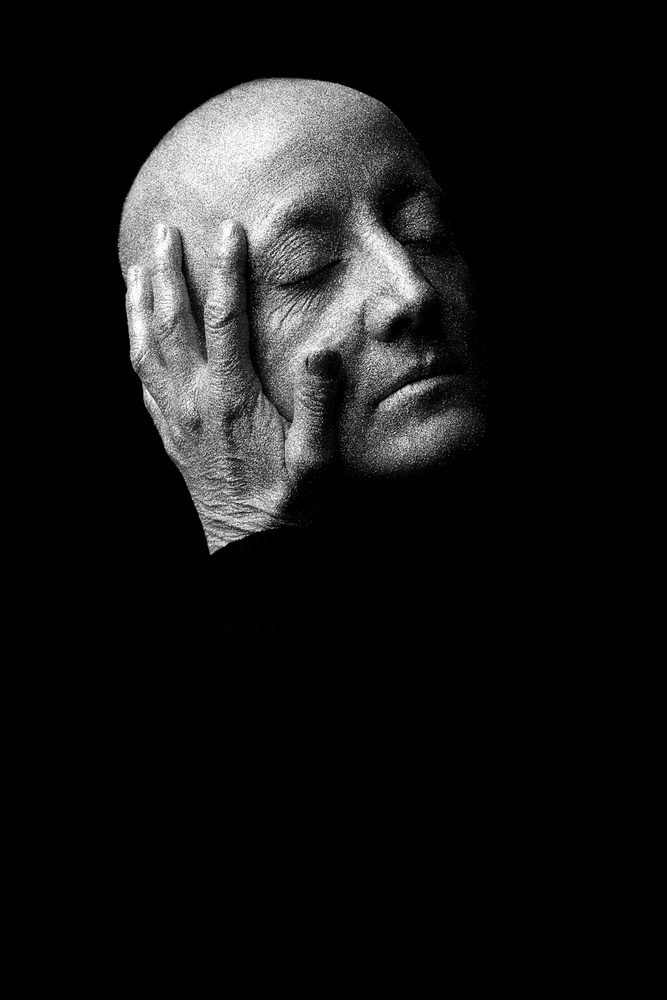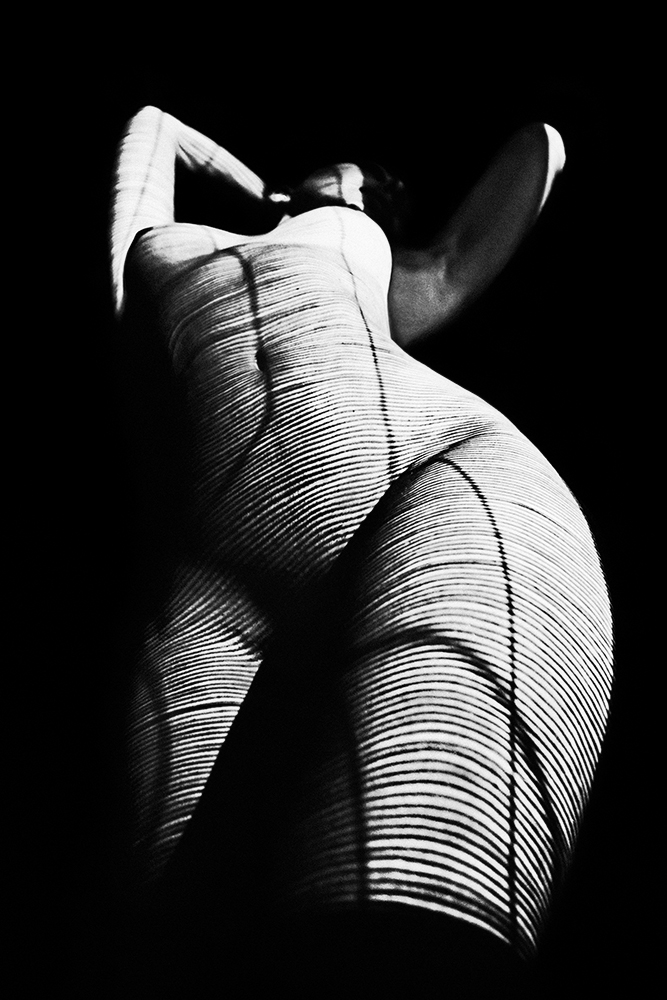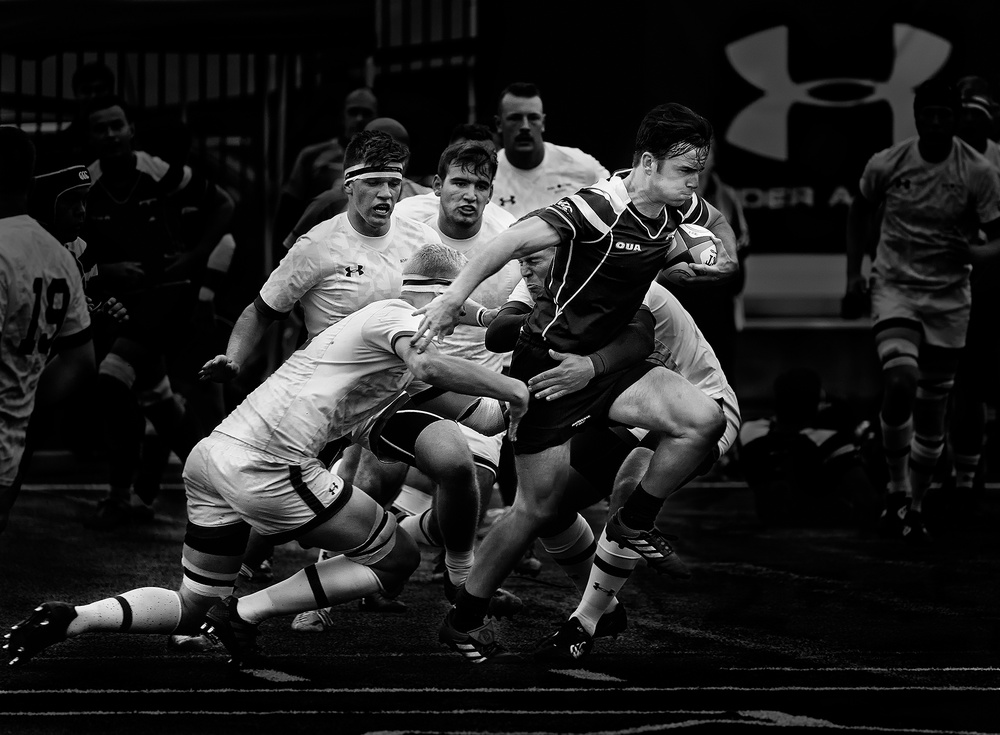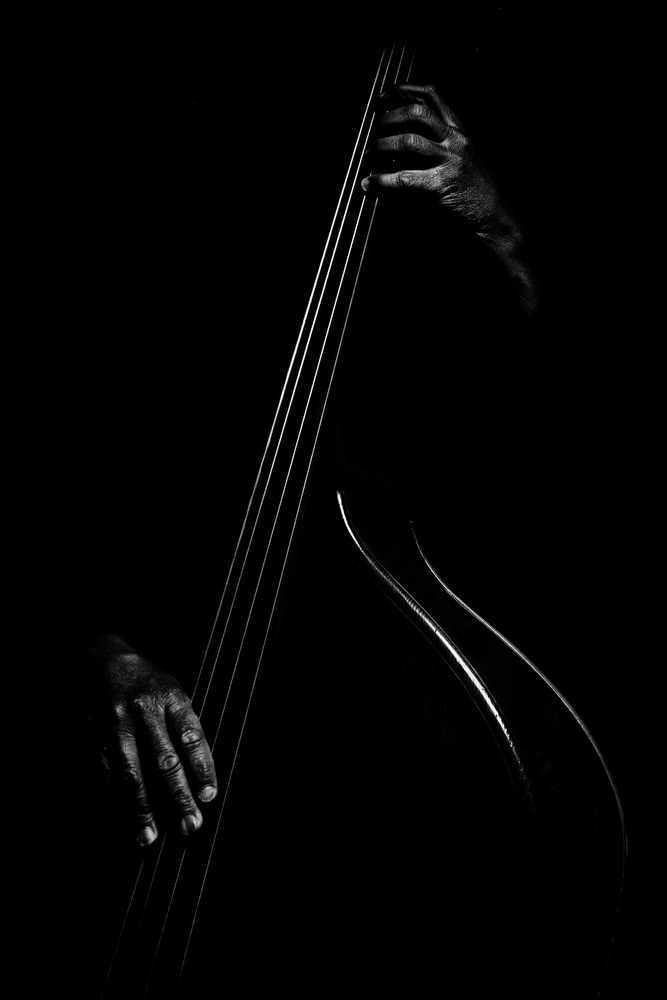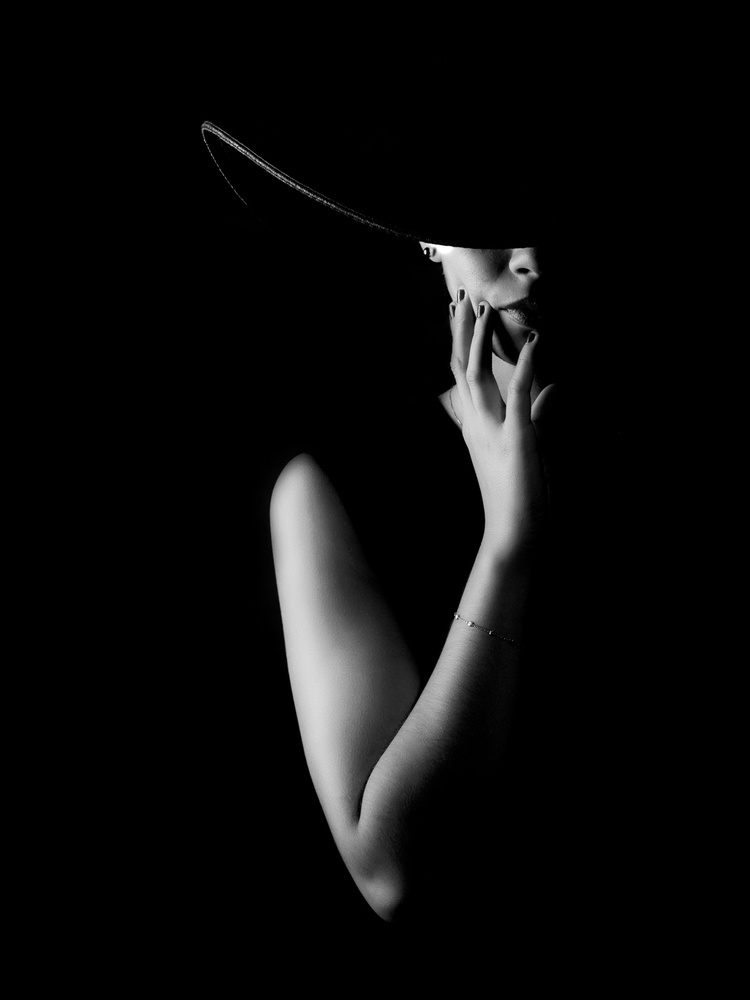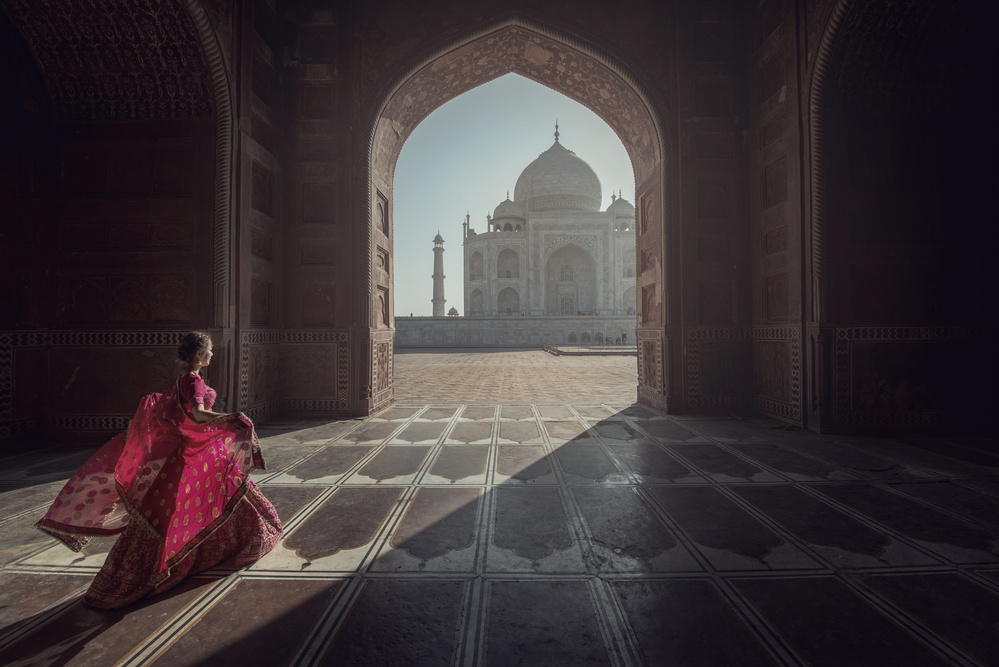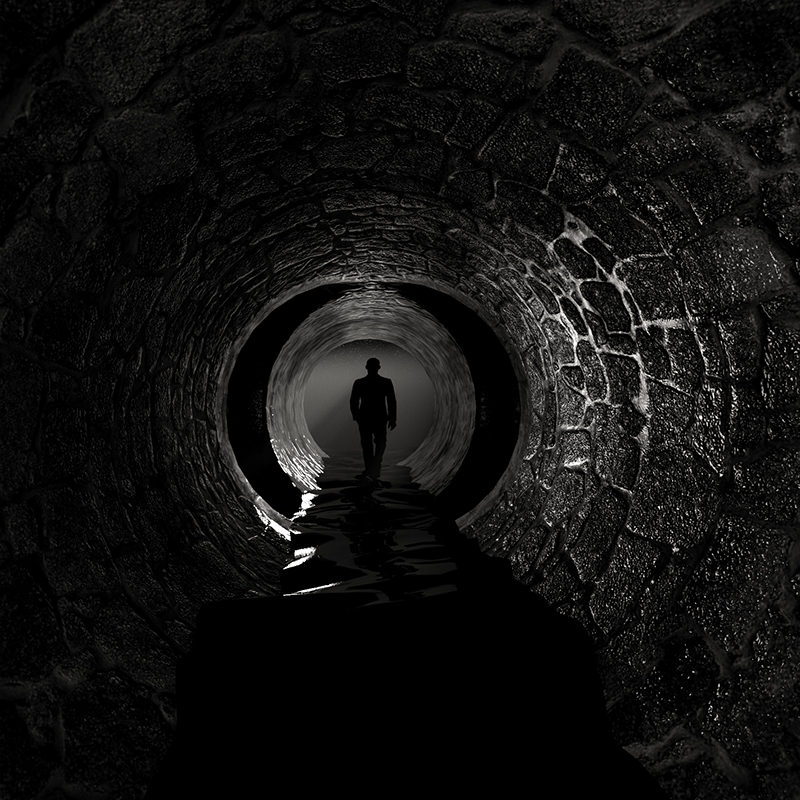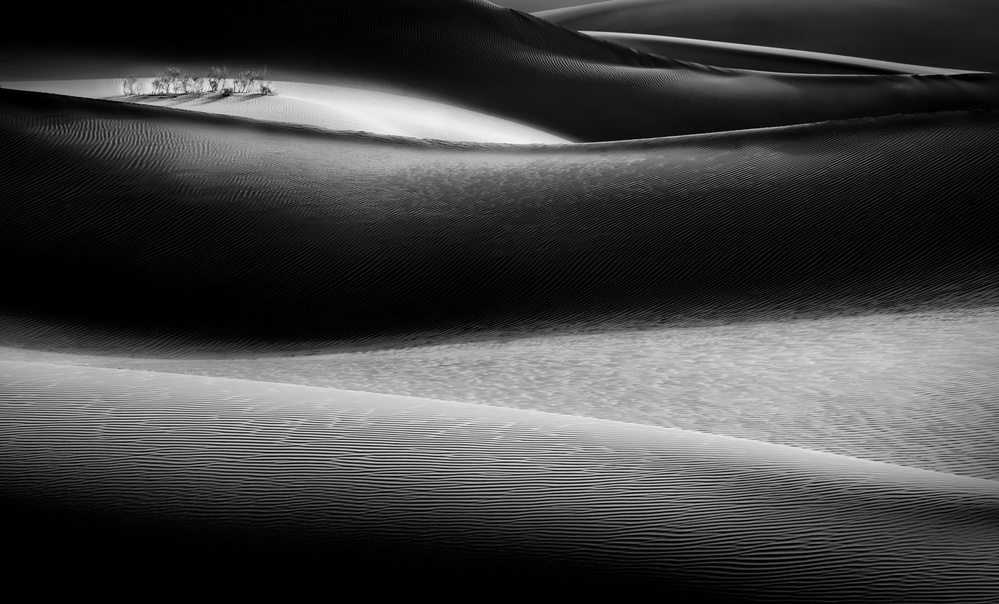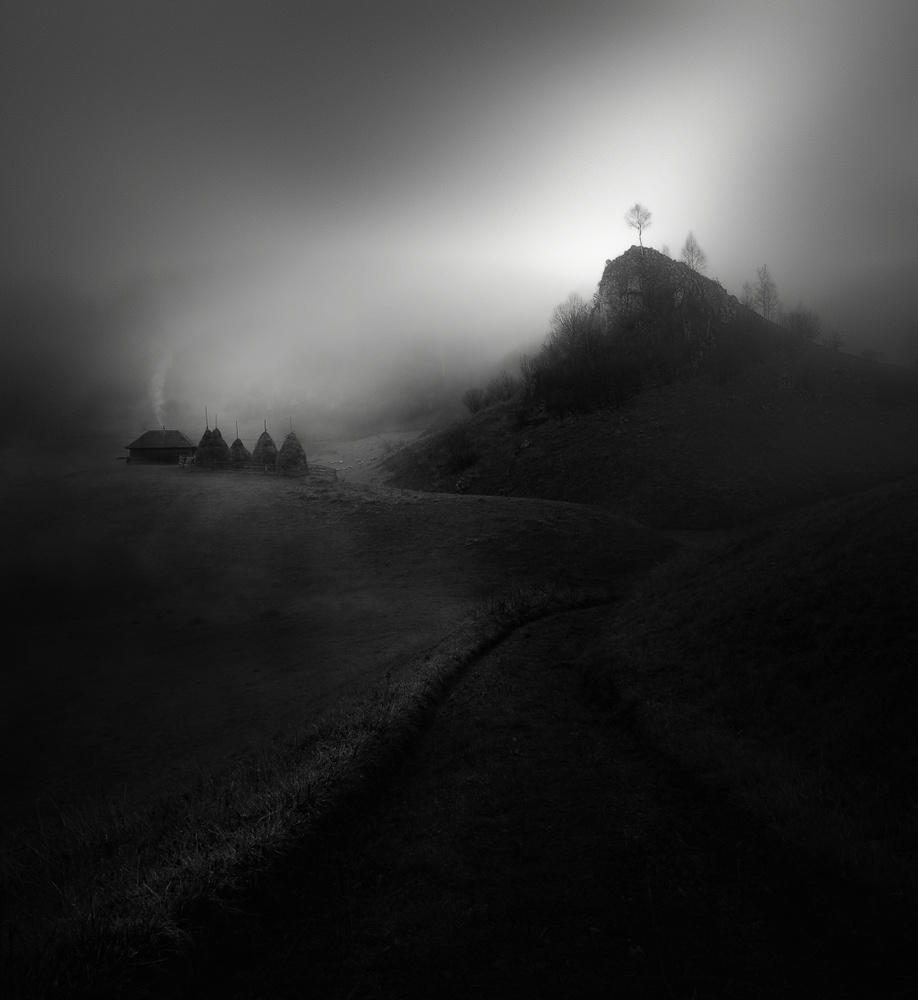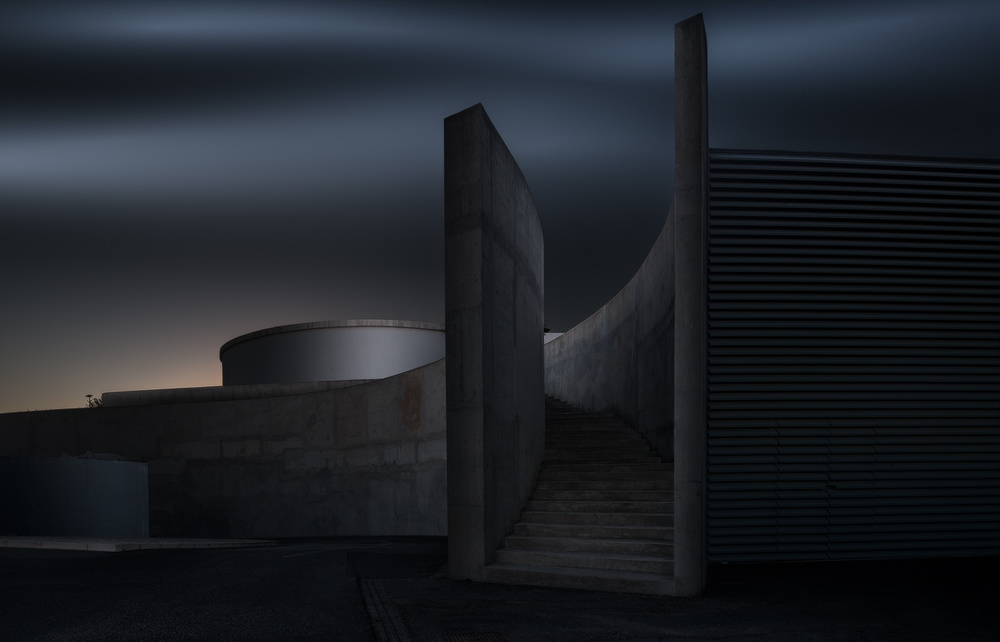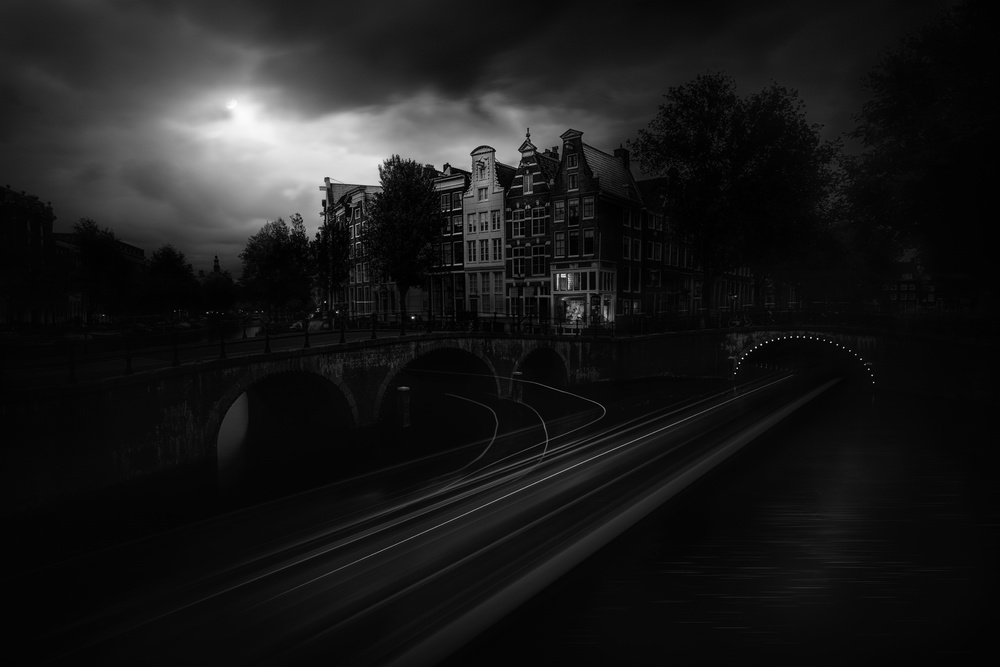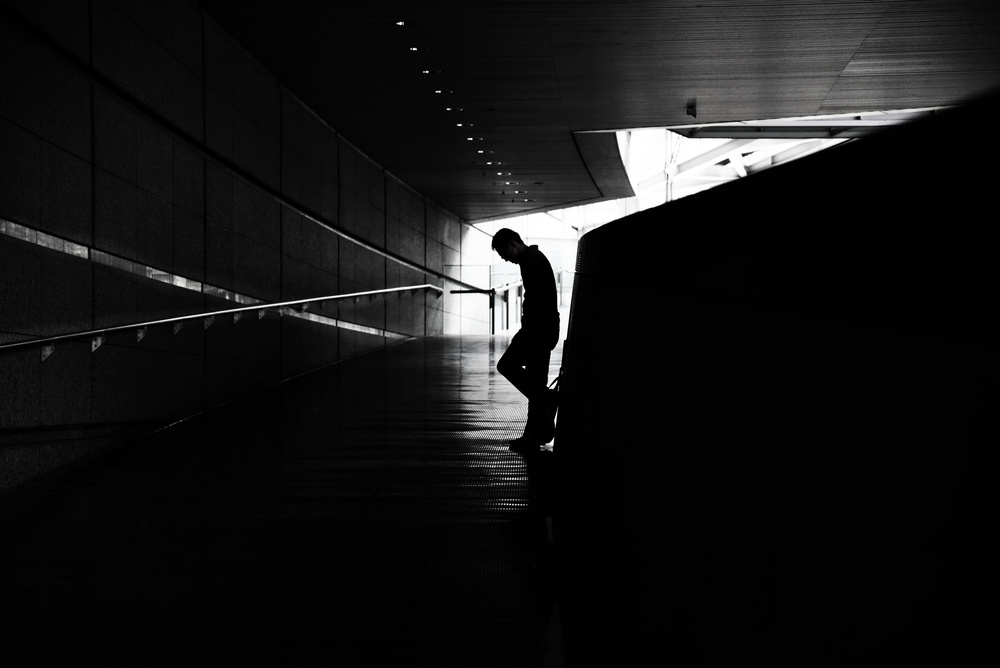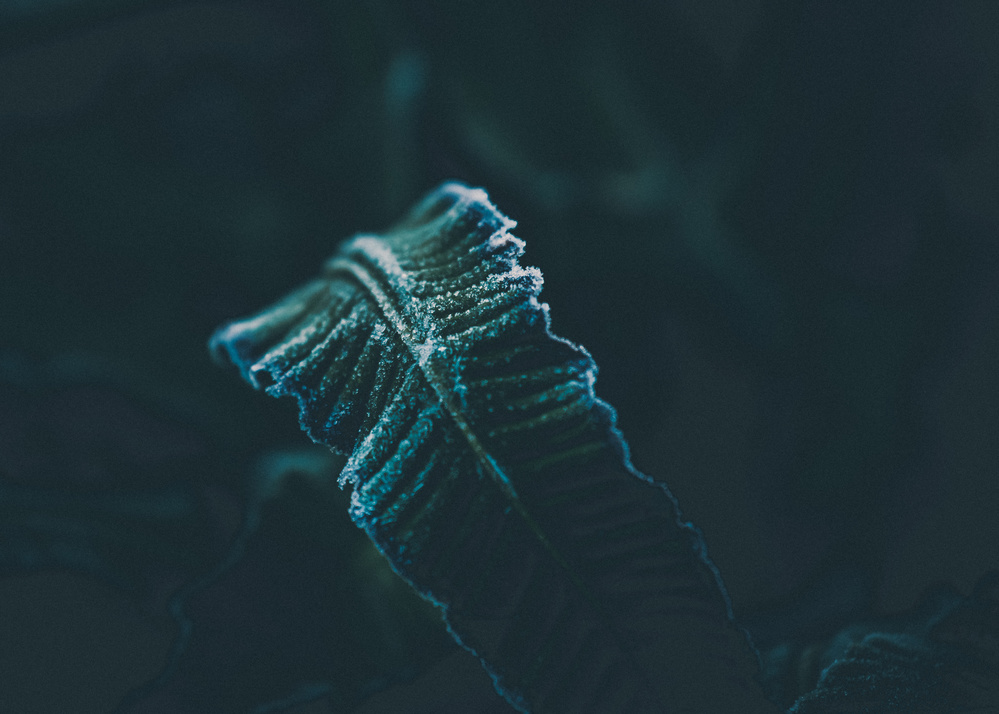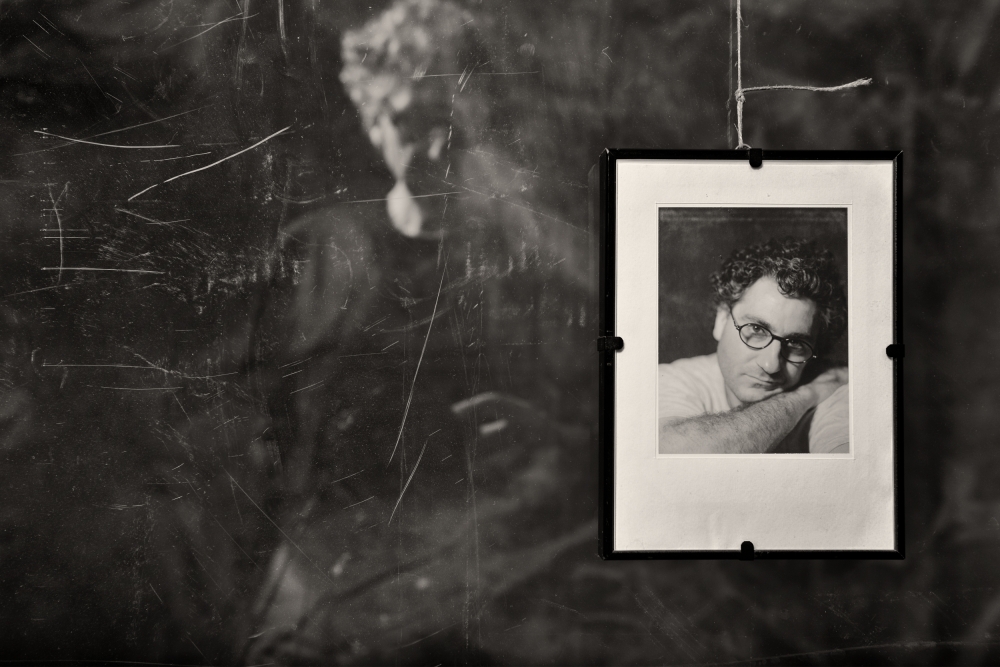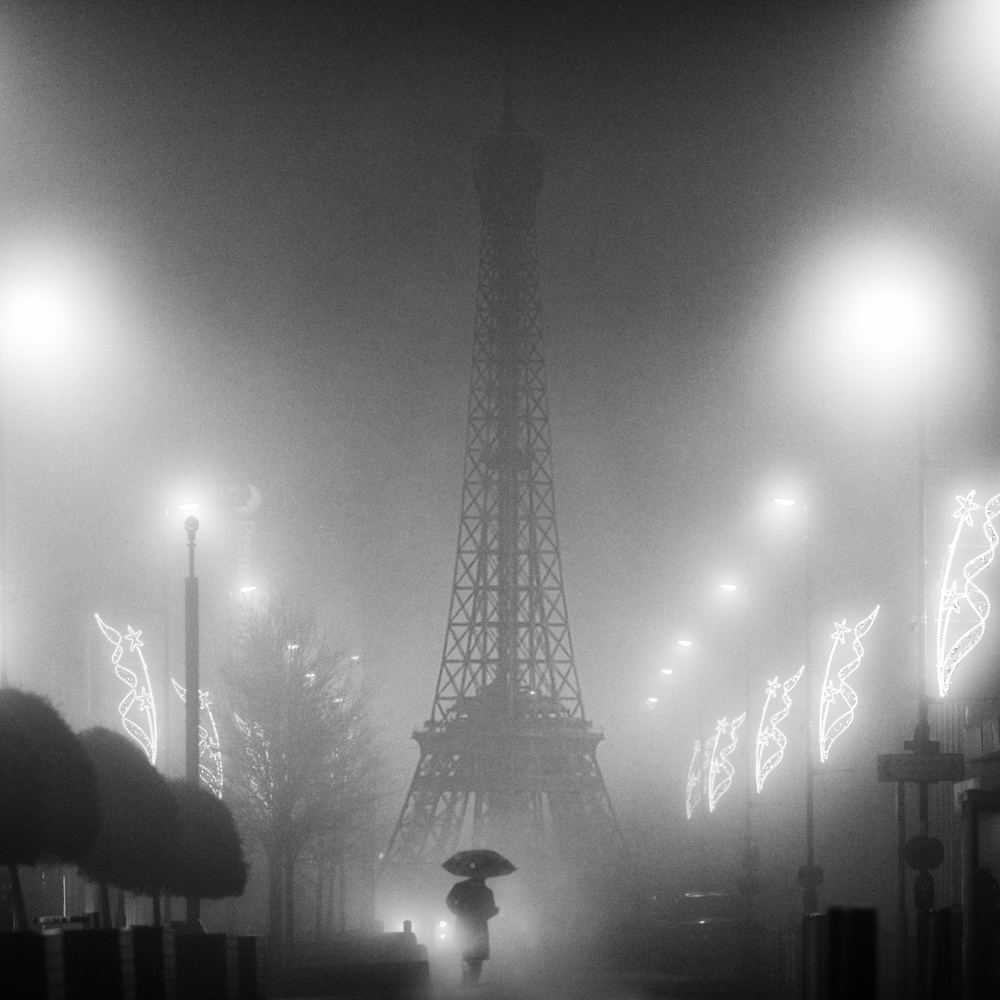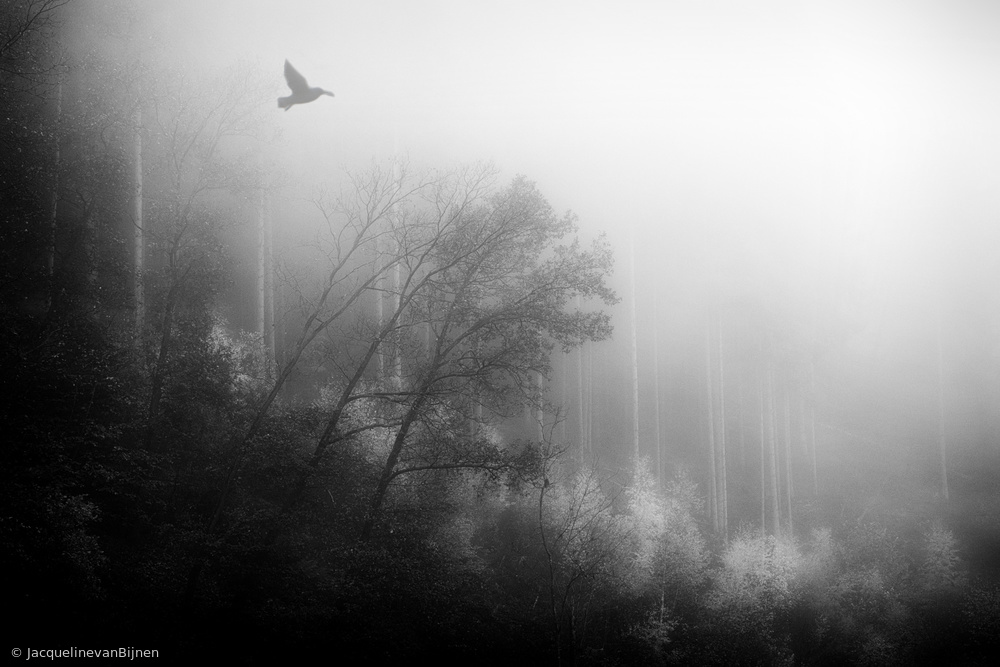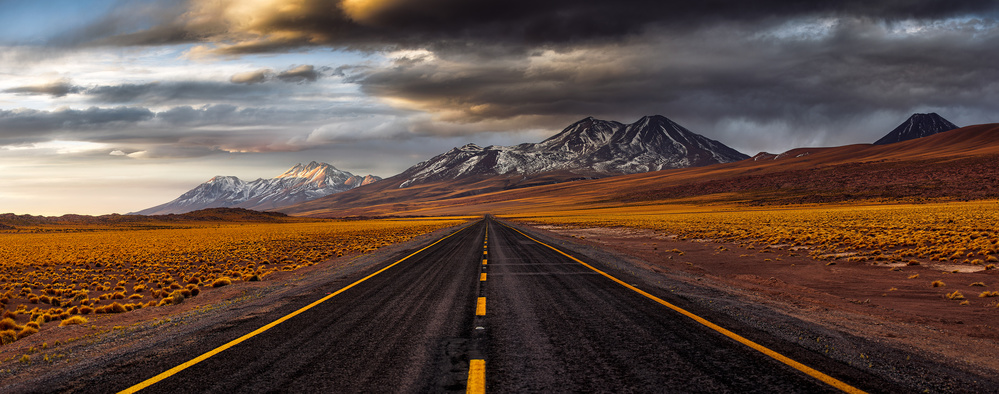Photographers
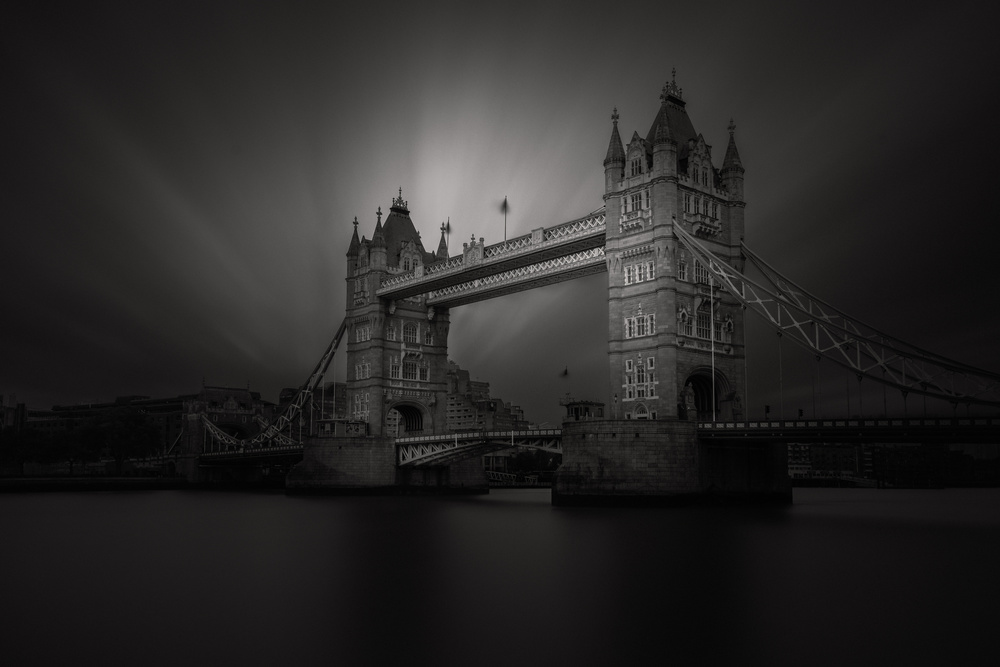
Shades: The Stars in Pictorial Compositions
1x Blog-Photographersby Editor Wicher Bos
A Dutch photographer Frits Monshouwer (1922-2001) said “Not light, but shade is what makes the photo,” indicating the importance of shade for his compositions. The expression refers to the fact that light although an essential ingredient for a photo, needs shades. The photographer can't do without shade, as it brings expression to an image.
Painters applied this knowledge for centuries to improve their compositions. Some, like Rembrandt, even gave their name to a specific lighting set-up in photography today.
Shades whether you create them at the time of taking the photo or later on, in post-processing, have a key role to play in your pictorial composition.
Henry Rankin Poore (1859 – 1940) in his 1903 book “Pictorial Composition” (with the subtitle ‘a handbook for students and lovers of art’), stresses the importance of shades in a composition.
The purpose of shadow is first to produce light, second to secure concentration, third to dismiss space not required”, as shades, indeed:
- emphasize the light in the image,
- secure our attention,
- hide unwanted space and detail
- create a sense of depth
- arouse a specific mood in the image
In summary: all of us are familiar with the expression ‘light reveals and shade conceals’ but clearly there is a lot more to say.
Let me provide some examples of 1X photo’s that, in my view clearly show each of these compositional elements.
… emphasize the light in the image,
… secure our attention,
… hide unwanted space and detail
Strugala Didier is applying this technique as far as it gets…
… create a sense of depth
… arouse a specific mood in the image
The careful observer will have noticed that it is usually not just a single aspect in these photo’s but a mix of them. This is one image from my own portfolio in which multiple applications of shade are present too.
Finally, to close, never forget the shades, because to quote Henry Rankin Poore again, “Shadows are generally the hiding-places for mystery; and mystery is ever charming.”
Thanks for reading and please let me know in the comments below if you see more roles that shade can play in an image, I would love to see this list grow.
Wicher

